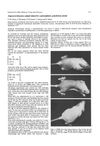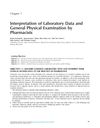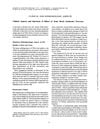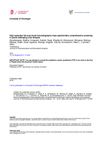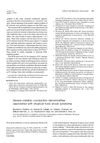Effects of Dobutamine on Cyclic AMP Accumulation Induced by the Stimulation of Dopamine Receptors in Rabbit Retina In Vitro
September 1980
in “
Experientia
”
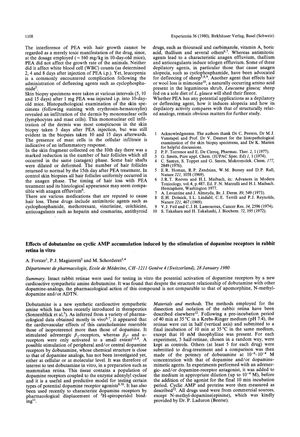
TLDR Dobutamine does not mimic dopamine at therapeutic doses but may at very high concentrations; microfilaments, not microtubules, are important for wound healing in Xenopus embryos.
In 1980, researchers studied the impact of dobutamine on cyclic AMP accumulation in rabbit retina, which reflects dopamine receptor activity. They discovered that at a high concentration (10^-4 M), dobutamine slightly increased cyclic AMP levels, but this effect was significantly weaker than that of dopamine and other catecholamines. This increase was inhibited by fluphenazine, indicating that dobutamine's action was through dopamine receptors. However, at a lower concentration (10^-6 M), dobutamine did not stimulate cyclic AMP formation, unlike dopamine and similar drugs. The study concluded that dobutamine is not a dopamine-mimetic drug at therapeutic doses, but may alter symptoms in cases of overdose due to some dopamine-mimetic activity at very high concentrations.
In a separate study, the effects of colchicine, cytochalasin-B, and papaverine on wound healing in Xenopus embryos were investigated. Colchicine did not affect wound healing, suggesting microtubules are not essential for this process. In contrast, cytochalasin-B inhibited healing, indicating the importance of microfilaments. Papaverine did not prevent wound healing, despite its known effect on neurulation and potential role in calcium fluxes. The study involved treating embryos with these drugs and observing the healing process, leading to a proposed model for the underlying mechanisms of wound healing in early embryonic stages.
